Petersburg orchids: features of the dog breed, temperament and care

Petersburg Orchid is not a flower, but the original name of a small breed of dog. Such a graceful companion can be easily kept in the apartment or carried with you for a walk. It is not easy to buy such a pet, which further fuels the interest of breeders.

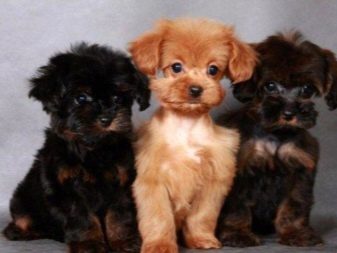
Characteristic
There are breeds that have been known to man for a long time, and there are those that have recently appeared. The Petersburg orchid belongs to the second type, since it was recognized only since 1997.
The breeding of this mini-dog was started in St. Petersburg, hence the name. To get a dog with an exceptional conformation, breeder Nina Nasibova had to use several breeds of dogs for crossing:
- chihuahua;
- toy poodle;
- Yorkshire Terrier;
- lapdog.
The woman did not immediately succeed in achieving the desired result; she had to spend a lot of time on work. Only three years after crossing, animals were born, distinguished by their bright appearance and excellent character. The emergence of a new breed was timed to coincide with the 300th anniversary of St. Petersburg.
The hint in the name of an exotic flower is intended to emphasize how fragile and delicate the animal is.
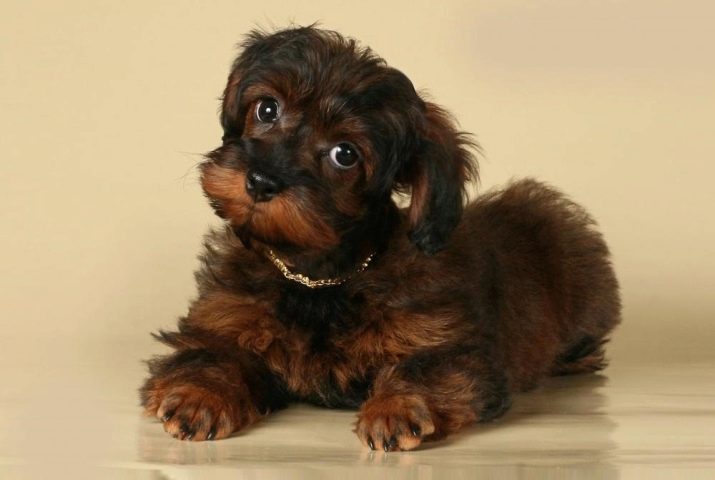
Today there is a detailed description of this Neva breed, which can be used to determine whether the puppy meets the selection requirements or has a marriage. Generally speaking, small dogs have a stretched body, little muscle mass and medium bone.
On closer examination, it is difficult not to notice a pronounced sexual dimorphism, which manifests itself both in the appearance of the animal and in its behavior. Among the advantages, breeders especially highlighted the appearance of the dog.The coat falls in waves down from the spine. In front of the muzzle there is a bang, which is ideally complemented by long ears.
From the outside it seems that the animal has some kind of unique hairstyle.

Individuals of the described breed do not grow more than 300 mm at the withers. Weight can vary from 2.5 to 4 kilograms. It is dangerous when the female of the St. Petersburg orchid weighs less than 1.5 kg. Lack of mass leads to the fact that she will not be able to give birth on her own.
Inside the finished standard, the dogs are described in more detail. The head is small in size, characterized by rectangular lines. The muzzle is shorter than the head - on average, a third of its dimensions, towards the end it sharpens a little.
The transition from the forehead is clearly visible, but not sharp. The nose is black or colored in a different shade to match the color of the dog's coat. The lobe is small.

The breed has small, oval-shaped eyes that are far apart. A meaningful look. The breed is not goggle-eyed.
The ears are high, drooping, but small. Go well with head sizes.
When examining the teeth, the bite must be correct, scissor-shaped. The jaw is formed by small but rather sharp teeth.
The neck is dry, slightly elongated, characterized by a slight bend. A straight line is visible on the back. She is quite broad and muscular. You can easily see the withers, which flows smoothly into the lower back. The chest is deep, the abdomen is retracted.
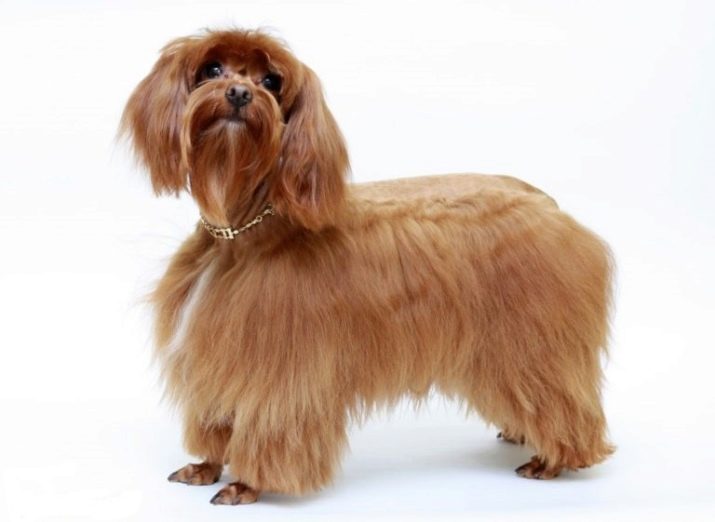
Feet are thin, positioned exactly, absolutely parallel to each other. The tail is located below the back, it can be cut off according to the breed until the animal has matured. With proper relief, 2-3 vertebrae are left. If left long, then it can stick out straight, or it can curl.
Special attention is paid to the description of the wool breed. It is not only long, but also thick, sometimes falling slightly in waves. There is a separate subspecies - shorthaired. This is the Neva orchid.
As for the colors, there is no clear definition. Any color is allowed, only white is absent according to the description. There are individuals with a monochromatic color, and there are multi-colored ones.
The most interesting option is considered to be the one where there is a mask on the muzzles.


Stand out from the crowd of dogs and the following colors:
- brindle;
- muruga;
- black and tan.
The tan marks can also be of different colors. Most often there are red, cognac, smoky, gray and yellow.
The general tone of the coat can be very varied. If these are dogs of a red hue, then it is not always the same, it varies from light wheaten to dark, as close as possible to cognac.

There is a red coat. The palette is quite wide. You can see a representative of the breed with a shade of cream rose or dark burgundy with a little black.
The chocolate color is popular. It can be not only a light shade of cocoa, but also dark, saturated, like a bar of dark chocolate.
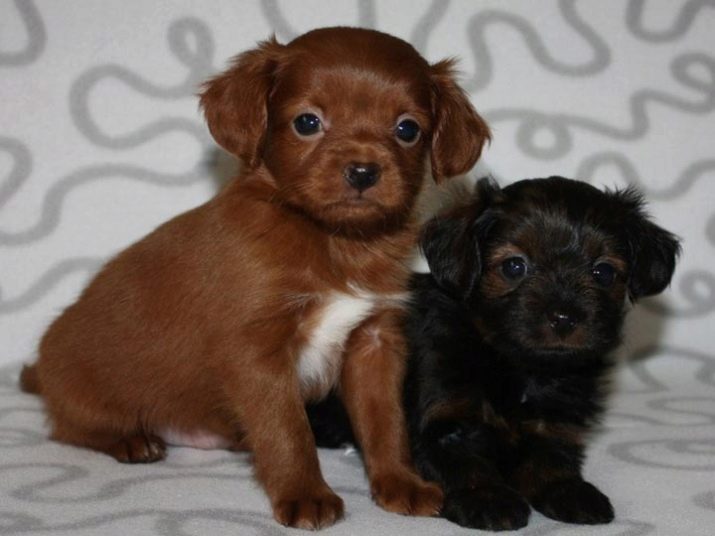
You can find representatives of the breed, silver or even blue. They look very interesting and unusual.
The creator of the breed continues to work on breeding dogs with different coat colors. There are plans to get bright representatives of the St. Petersburg orchid with a spotted color, white with red or even black and white.
If you provide proper care and nutrition of the dog, then it lives in the house with the owners for about 14 years, which is quite a long period. It is important to ensure that the dog does not jump from a great height, since the skeleton of an animal is very fragile, such a fall can cause a dislocation or fracture, and bruising of internal organs is often observed. As a result, the pet's lifespan is reduced.

Advantages and disadvantages
The creators of the described decorative breed can talk for a long time about the advantages of small dogs. They have a playful disposition, docile, benevolent.It is advised to have such pets in those families where there are not enough positive emotions, since the St. Petersburg orchid can guarantee them. Communication with the animal allows you to get rid of stress, socialize the child.
Of the advantages of the breed, it is worth highlighting:
- attractive appearance;
- unpretentiousness;
- small size;
- good-natured character.
If you want to devote yourself to exhibitions, then this breed is best suited. Dogs are distinguished by a special exterior, ideally suited for the role of champions.
With all this, they are unpretentious in food, although you need to monitor the diet, since the condition of the wool and teeth depends on the quality of nutrition.
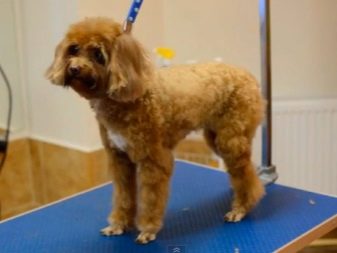

Small size makes it possible to keep a pet even in a small apartment, where it will not interfere. These dogs relate normally to the absence of the owner, do not play naughty and dutifully wait for his arrival at home. Breeders appreciate the St. Petersburg orchid for its docility and good breeding. It is difficult to resist the charm of the breed.
The animal gets along well with children, loves active games, but it should be handled very carefully. Any wrong movement can harm your pet. Of the negative qualities:
- not a security guard;
- can get sick often.
Such a dog is not able to protect the owner, but according to the breed this is not required of it. The Petersburg orchid is a decorative animal that requires care and love. It is imperative to make timely vaccinations.
Every time the dog is around, be careful not to accidentally crush it. The same goes for playing with children. It is better to allow the child to the animal at a conscious age, otherwise it can cause injury.
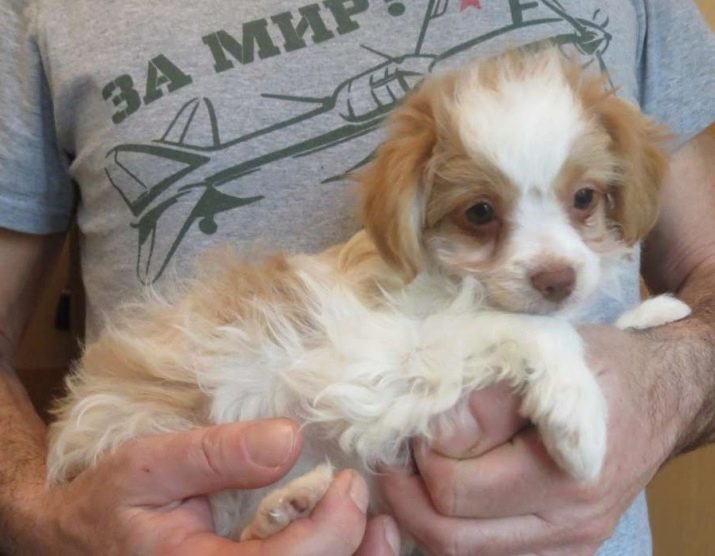
Character traits
Do not think that decorative dog breeds are stupid - this statement is incorrect. The Petersburg orchid is distinguished by its intelligence, ingenuity, which is why it has such a meaningful look. These dogs love their owner, react sharply to his mood and are not intrusive.
The breed is perfect for those who want to see an affectionate, gentle pet. Animal friendliness does not hold, they do not show aggression even towards strangers, they are not jealous. The dog greets every guest on the doorstep with great joy.
A dog can make friends with any other pet, be it a cat or a parrot. She will not take the palm tree and will humbly accept the allotted place. The breed is good because it naturally has a developed craving for new acquaintances.
On a walk for a Petersburg orchid, you don't have to blush, the animal is curious, but moderate in its impulses.

If the opportunity arises, the dog will be near the owner 24 hours a day, while it is not always possible to see it, since it will not get in the way underfoot. She knows how to feel the mood and keep her distance. The animal has an aristocratic character, so it does not fuss in vain.
The pet will be infinitely happy if everyone around him pays attention to him. Feeling love, he will respond in the same way, only threefold. These animals have a loving heart, so people with the same character are advised to start them.
If the dog is unloved in the house where it lives, then, most likely, the animal will become depressed and start to get sick. The owner should always have time to caress the dog, to play with him. These pets cannot live with a feeling of abandonment, loneliness. But sometimes they also like to be alone, so they leave for a quiet corner. At such times, you need to allow the dog to rest.

What to feed?
A balanced diet affects not only the appearance of the dog, but also the behavior. If there are enough minerals, vitamins and nutrients in the body, then the animal will be active, cheerful and playful.
You can prepare a complete balanced diet yourself or buy ready-made dog food for small breeds. In the first case, the owner independently regulates the consumption of certain products, draws up a menu, taking into account the individual characteristics of the animal. This is especially important if your pet has health problems, such as diabetes.
Commercial feeds are easy to use and affordable. Quality foods provide your dog with the necessary amount of minerals, vitamins, protein and carbohydrates that are required per day, based on the activity and age of the pet.
If we talk specifically about the St. Petersburg orchid, then the breeders initially laid in the breed the use of commercial feed for raising puppies in the future. It was assumed that this would greatly simplify the process of caring for the animal.
The dosage of food is calculated by the manufacturer of the feed, the owner should only comply with the requirements indicated on the package.
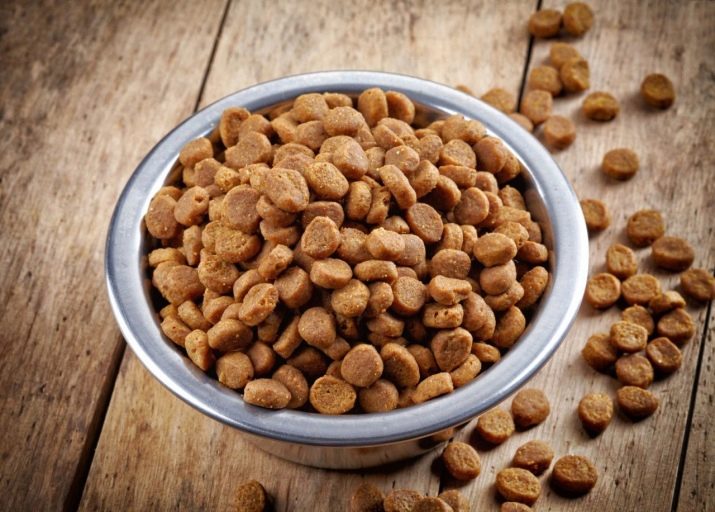
Pellets are much better than canned foods. It is more balanced and nutritious. It is enough to give a portion in the morning and in the evening, but it is imperative to provide access to clean water around the clock. It is best to establish a clear feeding schedule at fixed hours.
It so happens that even when feeding with natural products, the pet needs to be additionally given vitamin supplements. The use of commercial feed eliminates unnecessary costs. The additional inclusion of vitamins in the diet can lead to the appearance of hypervitaminosis.
Like any other dog, the St. Petersburg orchid loves to feast on delicious, but not very healthy foods from the table. The owner needs to be extremely careful, some types of food, familiar to humans, only harm the animal. Take chocolate as an example.
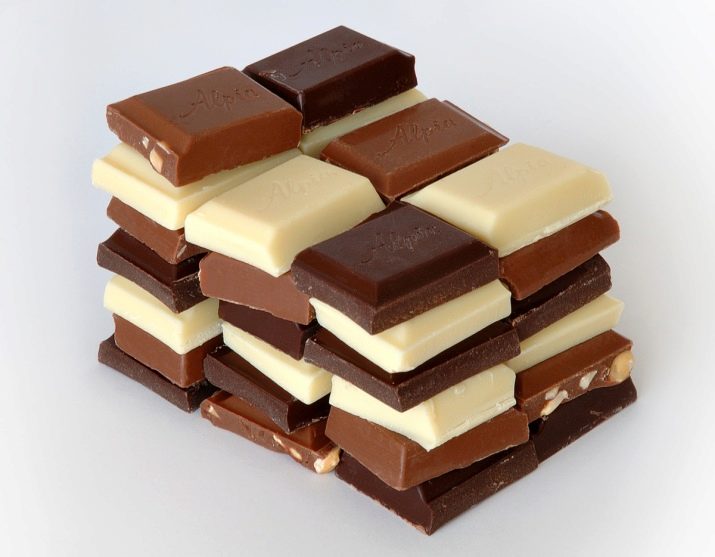
The use of baked, sweet, sausage products leads to disruption of the digestive system. But vegetables and fruits are allowed to be given, this breed loves them very much, except for garlic and onions. The total fiber should be no more than 15% of the dog's daily diet.
As for the amount of food, the portion should be such that nothing remains in the bowl. You cannot provide your pet with round-the-clock, uncontrolled access to food. This threatens obesity, although this breed is not predisposed to it.
If you want to reward your dog, it is better to use a piece of cheese or boiled cow's heart.
It is useful to give the animal olive oil and fish oil, they are often added to natural food. Thanks to these products and the trace elements they contain, the condition of the pet's coat improves.
You can even give olive oil from a spoon, a few drops a day.

Maintenance and care rules
Puppies and adult dogs require care, only then the animal will look beautiful. The Petersburg orchid belongs to decorative species, so the usual hygienic procedures are not enough. Grooming is an integral part of dog maintenance.
In a month, the wool of the St. Petersburg orchid grows by 1 centimeter. After a month it is not so noticeable, but after two or even three it becomes clear that it is time to remove the length. Do not touch the bangs, mustache and beard. Ears should not be trimmed either, since the hair grows on them evenly and fits well.
As for the tail, it is completely cut off. Hair trimming is required on the limbs. Cleans between toes and feet.
Once a week, the owner should inspect the ears of the animal. The emerging dirt is removed with a special veterinary solution, which is applied to a regular cotton pad. If signs of a more serious problem appear, you need to seek help from a specialist.
Eyes tend to leak. For rinsing, special agents or simple boiled water are used.
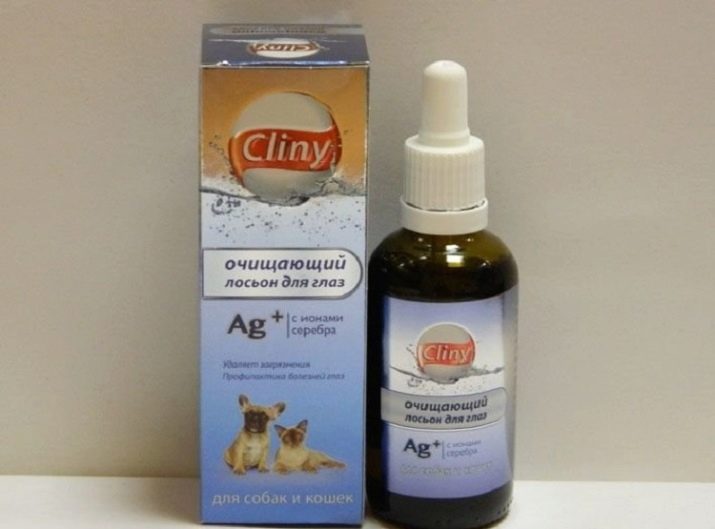
The oral cavity also requires special attention. Although an animal does not need to brush its teeth as often as a person, it does need to be sonated every five days.From time to time, you will have to visit a veterinarian who knows how to properly remove tartar. It is sometimes very difficult to do this at home.
Most of all, you have to take care of the wool, since the St. Petersburg orchid has a long and thick coat. Among the advantages of the breed in question, one can single out the absence of a molting period, therefore, the house remains clean. However, this also has its drawbacks, since tangles are formed due to the fact that the wool does not fall out from time to time. This happens when the owner does not have enough time to regularly use the comb.
The breed needs frequent combing, if this is not done, dirt and bacteria collect under the mats gathering near the skin. Pressure sores often occur, they cause infection of the animal.
For combing wool, there are many different options for special slickers, combs and brushes on the market.
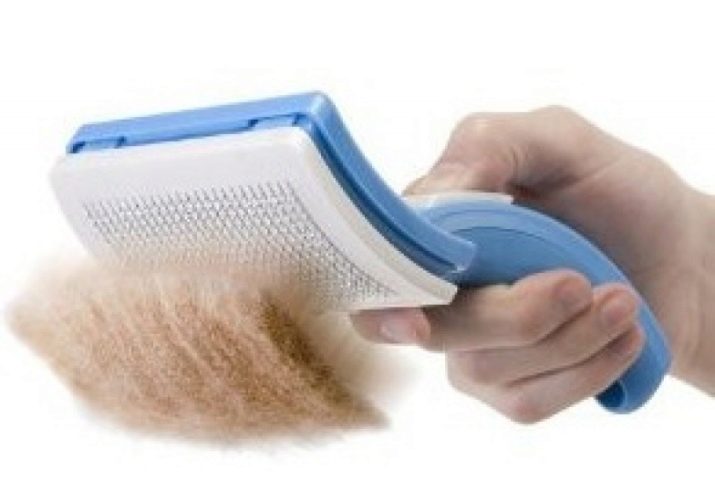
The dog is trimmed every few months. Some breeders prefer to go to specialized salons, while others remove their own hair in accordance with the scheme. To buy special equipment for trimming is also not a problem today, it is available in pet stores and on the Internet. Machines are used to remove wool from the neck and other areas.
The most vulnerable area in a dog is the anal glands. They also need regular processing. If the owner starts grooming the dog, inflammation will occur. As a preventive measure, it is recommended to strictly monitor the dog's nutrition and carry out special treatment every few months. To do this, press on the glands and wipe them with a cotton swab, which is pre-moistened with a manganese solution. You do not need to make it concentrated, just add the powder at the tip of the knife.
It is very easy to find out about the quality of pet care. If an animal emits a "doggy" smell, it means that it is rarely bathed, teeth are not brushed. The St. Petersburg orchid, which is loved and watched, will never smell like a dog.
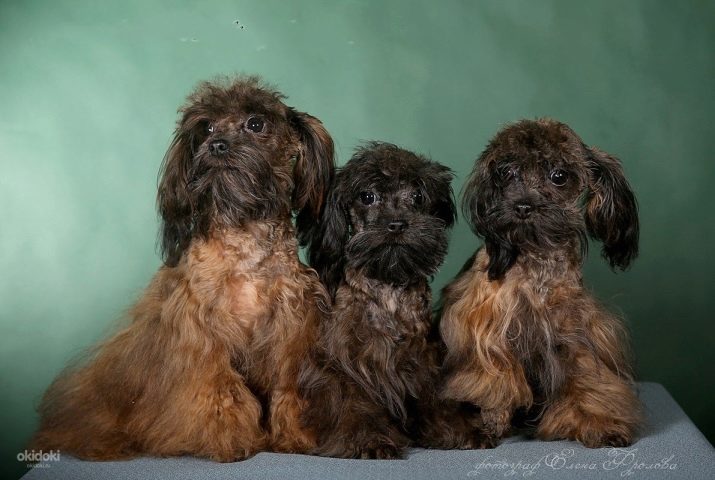
This is one of the few breeds that can be litter trained in the home. This is very important for those breeders who have to be away from home most of the day. The animal should have an option in which it can relieve itself and at the same time not ruin the carpet for the owner.
Not only plastic trays are popular, but also special disposable napkins. They perfectly absorb moisture and do not retain odor. If possible, it is better to provide the dog with regular walks in the fresh air. This is an opportunity not only to be with the animal, but also to find new friends.
Maintaining an attractive appearance of the dog is required not only by regular grooming, but also by water procedures. Even inexperienced dog lovers know that it is impossible to use the regular shampoo with which we are used to washing our hair.
There are special cosmetics for dogs, it contains other components.

The animal should be accustomed to the procedure from a young age, then the dog ceases to be afraid, will not escape and even enjoys. After the procedures, be sure to wipe the pet with a towel. Hypothermia should not be allowed, the wool is dried with a hairdryer.
Water procedures should be carried out no more than once a decade. By placing the rubber mat on the bottom of the tub, your dog will not scratch or slide over the enamel.
Balms help to make the coat soft and shiny. Most manufacturers supply them in a shampoo kit. Dirty wool is not combed, however, as well as wet. This leads to the appearance of split ends, the shine disappears, the external exterior becomes faded, expressionless.


If the animal does not want to get used to water procedures, there is another way out of this situation - dry shampoos in the form of sprays. They are easy to apply and do not require rinsing. The effect is no worse than if the dog was bathed in a basin of foam.
Taking care of a pet is not only external care, but also the health of the dog. Each breed has a disease that is called breed. In the mono-nursery, where the St. Petersburg orchid is bred today, individuals with genetic abnormalities are rejected. They do not give offspring in the future, thanks to which in recent years it has been possible to achieve excellent health in the representatives of the described breed. Of the most common problems that breeders have to face, we can single out:
- tartar and other dental diseases;
- fractures, sprains, dislocations, especially in puppies whose bones are poorly formed and not yet sufficiently strong;
- colds.
Petersburg orchid is very susceptible to temperature changes. In winter, these dogs are prone to hypothermia and colds.
Even windy weather is dangerous for them, so it is advised to use additional clothing during walks.
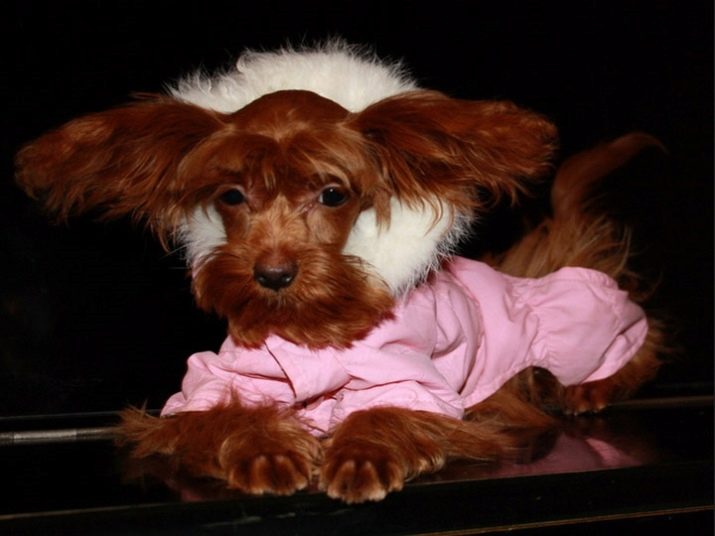
Sometimes representatives of the breed are sensitive to certain foods. Bowel problems can occur, so it is very important to monitor your diet.
The pet needs to be on walks. If the owner deprives him of this pleasure, then thereby worsens his conditions of detention. Dogs are active and sociable, they need to be socialized. To walk in the fresh air, you only need a collar and a tape measure.
It is very important to choose the right size of the collar, there should still be a free space of two fingers between it and the neck.
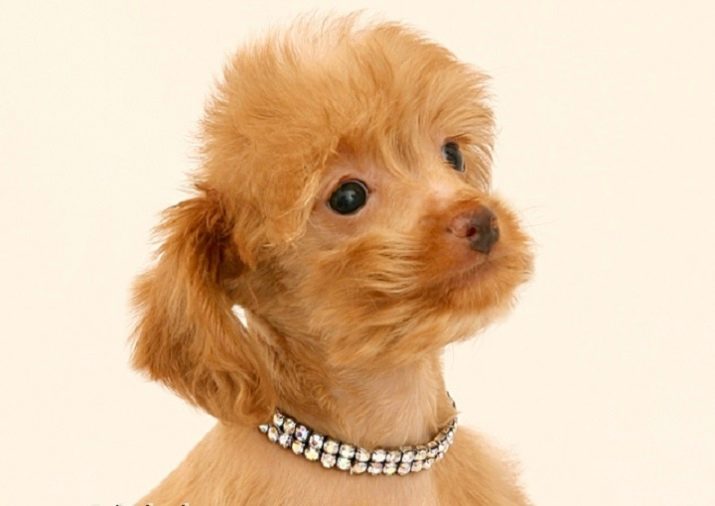
Education and training
Ornamental breeds are not given for training simply because there is no need for it. But sometimes it is better to adjust some of the instincts that the dog is naturally endowed with in order to improve the atmosphere of the pet's stay in the house.
Education allows you to explain to the dog where the boundaries of what is permissible are. If the Petersburg orchid grows too spoiled, then the owner's patience begins to be tested.
The animal must clearly understand for itself what is the hierarchy in the house, who is in charge and why the child should not be bitten. The dog is indicated in its place, but you need to understand that this miniature animal also has its own sense of pride and dignity.
These dogs are much smarter and smarter than one would imagine. They do not need to explain for a long time what is required of them. The most important thing is to get used to the toilet and it is worth starting from childhood.
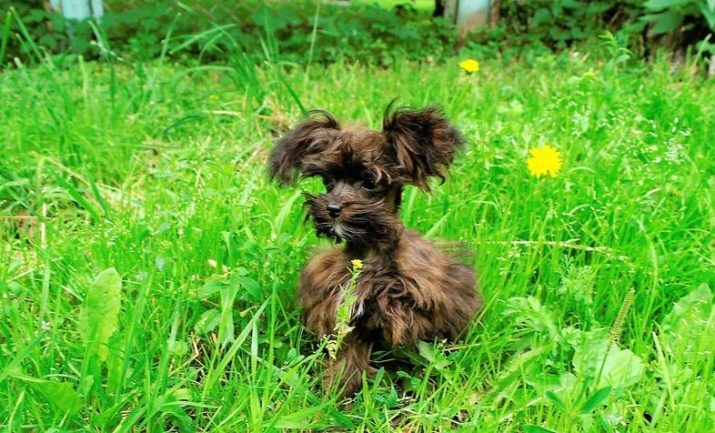
This is pretty easy to do with a little time and patience. When a puppy appears in the apartment, his movement should be limited to a small space. One room is enough. There should be no carpet on the floors, but you need to put a couch, bowls of food and water, and lay a napkin. If the dog is taken from the breeder, then it is better to take the napkin from him, since it has a familiar smell to the animal.
When a pet descends on her, he is sure to be encouraged for this. You can give a small treat. It also happens that the first time the dog went to the toilet in the wrong place. It's not time to scold her for this, just put a napkin there.
When the owner notices that the dog has shit again in an undisclosed place, it's time to punish him, but not beat him. It is quite enough to take him by the withers and poke his nose into a puddle, but you cannot put him on a napkin.
If you do the opposite, then the pet will perceive the toilet as a banned item.

Gradually, when the dog learns to walk in a strictly defined place, the tray can be moved to the place where it was planned to keep it, that is, outside the room.
See below for more details.






































